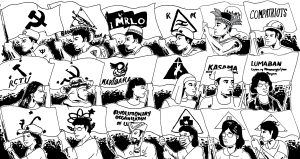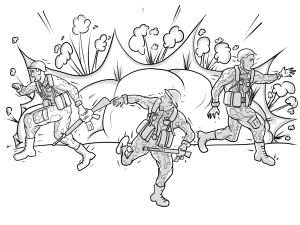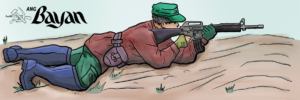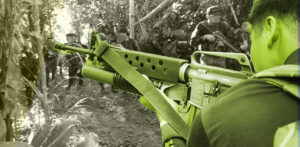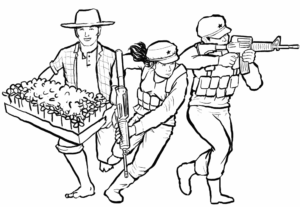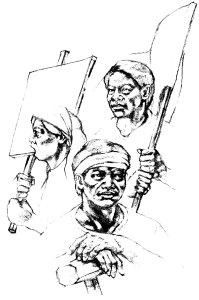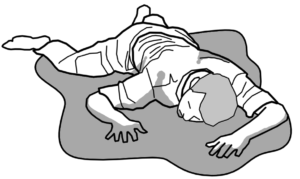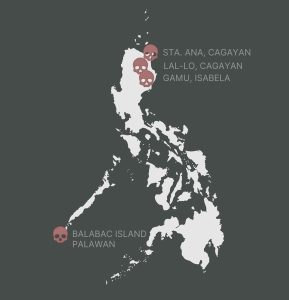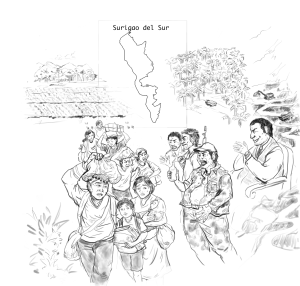Wawa-Tayabasan Dam plague Rizal’s environment and people

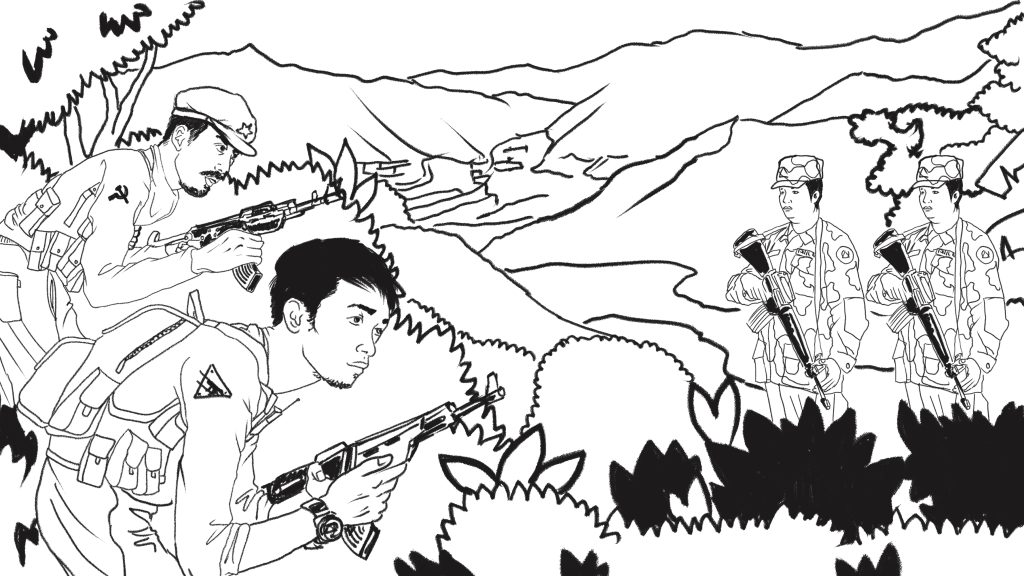
A soldier was killed in an ambush by the New People’s Army (NPA)-Rizal against 80th IB troops guarding the Wawa Bulk Water Supply Project, known locally as Wawa-Violago Dam. The ambush took place in Sitio Karayupa, Barangay San Rafael, Rodriguez (formerly Montalban) on March 31. It was followed by an encounter on April 1 at Sitio Makopoy, Baragay Mascap, Rodriguez where two 2nd ID soldiers were killed.
Soldiers have been conducting operations in the barangays covering Wawa-Tayabasan Dam, a major part of the Wawa Bulk Water Supply Project, since February. Cases of harassment and surveillance against residents opposing the project and refusing to leave their houses and farmlands are rampant.
The Wawa Bulk Water Supply Project is a project of the Wawa JVCo, a joint venture of the big bourgeois and crony Enrique Razon Jr. and Oscar Violago of the San Lorenzo Ruiz Builders and Developers. The project is funded by Chinese loans on conditions that Chinese companies will benefit from it. One of this is PowerChina which is contracted for the design, supply of materials and construction of the dam. Like the Kaliwa Dam, it is one of the “flagship” projects under the Duterte regime’s Build Build Build program which the current Marcos regime continues to implement.
Rushed construction of the two dams
In June 2022, Razon inaugurated the Tayabasan Weir which completes the project’s Phase I. The construction of the bigger and more destructive Upper Wawa dam covering the ancestral lands of the Dumagat/Remontado is now being railroaded. Bulldozing of farms around the project is round the clock. The mountains are also continuously bombarded.
The two dams will supply about 600 million liters of water daily to Manila Water Corporation, one of the two water concessionaires in Metro Manila. This company, notorious for its poor services and soaring charges, is also owned by Razon.
“The forced acquisition [by JVCo] of residential and farm lands began last year,” a resident said. “In some parts of San Rafael, many were forced to accept payment because of the harassment they experienced.” Some who sold their land bought a parcel of land in a different sitio which is also set to be covered by the project. “They were dismayed because the land where they transferred will also be affected.”
JVCo offered the peasants as low as ₱50 per square meter or ₱500,000 per hectare, excluding the value of their farms, plants and houses. Some peasants accepted lower compensation after they were harassed. Some feared being driven out without receiving a single cent so they consented even if it went against their will. The company told the residents that their houses and farms were erected on public land, and as such, they do not have rights over it.
Apart from peasants and indigenous peoples, the project has a huge impact on the livelihood of people reliant to the local tourism of Wawa Dam in Montalban and hiking trails in San Mateo. Thousands upon thousands of local tourists visit these places due to its proximity to Metro Manila. The river is in the middle of Mt. Pamitian and Mt. Binacayan and has many gorges and caves which are visited by nature lovers. Hikers goint to Mt. Purro, Barumbibit Falls, Balon, Lanawan and Kapananan hiking trails in Sierra Madre also go through the area.
Since March last year, JVCo banned tourism in Wawa. This adversely impacted the residents working as tourist guides. In Casile alone, there are 55 tourist guides. They earn a daily average of ₱1,000 on Mondays up to Fridays, and a daily average of ₱2,000 on Saturdays and Sundays. In a year, a tourist guide can earn up to ₱469,000.
Apart for tourist guides, cottage owners, small boat owners and tricycle drivers dependent on local tourism will also lose their livelihood. They earn as much as the tourist guides.
Most of them were paid by the company ₱100,000 each to leave the place. This is only a quarter of their possible income if they stay in the area.

